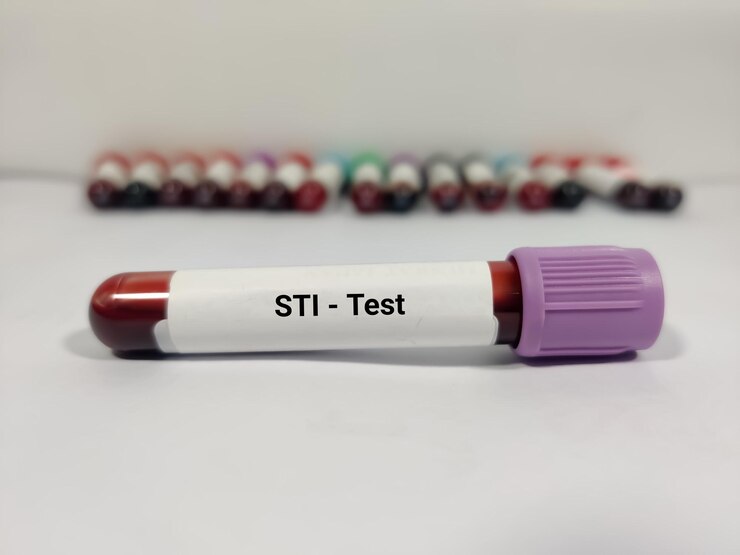Gonorrhea is a common sexually transmitted infection (STI) caused by the bacterium Neisseria gonorrhoeae. It is a highly contagious infection that can affect both men and women. Recognizing the signs and symptoms of gonorrhea is crucial for early detection, prompt treatment, and preventing further transmission. In this article, we will explore the common signs associated with gonorrhea and emphasize the importance of regular testing for sexually active individuals.
- Asymptomatic Infections:
Similar to other STIs, gonorrhea can often be asymptomatic, meaning infected individuals may not experience any noticeable signs. This is particularly concerning as it increases the risk of unknowingly transmitting the infection to sexual partners. Regular testing is essential for early detection, especially for those engaging in high-risk behaviors.
- Symptoms in Men:
In men, gonorrhea may cause the following signs and symptoms:
- Abnormal discharge: A thick, pus-like discharge from the penis, often white, yellow, or green in color.
- Painful urination: A burning sensation or discomfort while urinating.
- Swollen or tender testicles: In some cases, the infection may spread to the testicles, causing pain and swelling.
- Frequent urination: The need to urinate more frequently than usual.
- Symptoms in Women:
Women infected with gonorrhea may experience the following signs and symptoms:
- Vaginal discharge: An abnormal discharge from the vagina that may be yellowish or greenish in color and have a strong odor.
- Painful urination: A burning sensation or discomfort during urination.
- Increased vaginal bleeding: Unusual bleeding between menstrual periods or after sexual intercourse.
- Painful intercourse: Pain or discomfort during sexual activity.
- Lower abdominal pain: Mild to severe pain in the lower abdomen or pelvis.
- Symptoms in Both Genders:
Certain symptoms may occur in both men and women infected with gonorrhea:
- Rectal symptoms: If gonorrhea is acquired through receptive anal intercourse, it can cause rectal itching, pain, discharge, or bleeding.
- Sore throat: Gonorrhea can infect the throat through oral sex, leading to a sore throat.
- Conjunctivitis: In rare cases, gonorrhea can cause an eye infection (conjunctivitis), resulting in redness, discharge, and itching.
- Complications:
If left untreated, gonorrhea can lead to severe complications in both men and women. In women, it can cause pelvic inflammatory disease (PID), which can result in chronic pelvic pain, infertility, or ectopic pregnancy. In men, untreated gonorrhea can lead to epididymitis, a painful condition affecting the tubes connected to the testicles. Additionally, gonorrhea can increase the risk of contracting and transmitting HIV.
Recognizing the signs and symptoms of gonorrhea is crucial for early detection, prompt treatment, and preventing further transmission. However, it’s important to note that gonorrhea can often be asymptomatic, making regular testing a vital aspect of sexual health maintenance. If you suspect you may have been exposed to gonorrhea or are experiencing any concerning symptoms, it is essential to seek medical advice and undergo testing. Remember, practicing safe sex, including consistent and correct condom use, and maintaining open communication with sexual partners are crucial for reducing the risk of gonorrhea and other STIs. Early diagnosis, appropriate treatment, and preventive measures can help manage gonorrhea effectively and minimize potential complications.










